This year 74th Republic Day celebration is themed around ‘Jan-Bhagidari (participation of people)
The 74th Republic Day parade will display India’s military might and cultural diversity from the revamped Kartavya Path in the national capital, for the first time on Thursday. President Droupadi Murmu will lead the nation in celebrating the grand day.
The phrase ’21 topon ki salami’ is a gesture of respect and grandeur and is a part of static rituals followed every year during Republic Day.
This year the vintage artillery with 25 powder guns which were used traditionally are replaced with 105 mm Indian field guns to encourage the Centre’s ‘Make In India Programme
One such event which is cheered by the crowds at the parade is the 21-Gun salute given to the President of the country and the story behind this custom is quite intriguing.
21 cannons are fired at a gap of about 2.25 seconds to encompass the entire 52 seconds of the national anthem in three successive rounds of 7 cannons each.
This custom has its origins in the 17th century when the naval forces at sea demanded an enemy to show peaceful intent by firing the ammunition or unloading its weapons.
The British warships at the time were quite hectic to operate and thus would take a lot of time to re-load or unload the weapons. Therefore, it became necessary to show peaceful intent by firing the ammunitions on board, in symmetry, from the naval warships.
This convention of the British became a tradition over time when it came to showing respect or honouring the enemy. But it still doesn’t answer the question as to why only give 21-gun salutes or 21-round salutes?

The answer to that question lies in the configuration of the British warships at that time.
A British vessel at the time was mounted with seven weapons in accordance with the biblical significance of the number seven. So, in order to show peaceful intent, seven shells were fired into the sea from the warship.
However, shore weapons, which had abundant gunpowder, fired 3 shots for every shell fired by the warship and hence the 21-Gun tribute came into existence as a salutatory tradition.
In time, 21 guns became the highest national honour.
In India, however, this practice seeped into our values through British Colonial rule. In the Pre-Independence era, 19 cannon and 17 cannon salutes were given to local kings and heads of princely states like Jammu and Kashmir.
Post-Independence, apart from the Republic Day Parades, a 21-gun salute was also given to a new president as soon as he or she was sworn in. It is also accorded to foreign heads of state visiting the country.
During the week-long Republic Day celebrations, seven cannons are fired twice on Martyrs Day (Jan 30) as a mark of respect for those brave soldiers who laid their lives for the country.
And thus the firing of cannons or artillery, because of its historical relevance, still remains an integral part of the Republic Day celebrations in India.


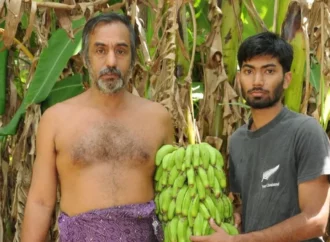




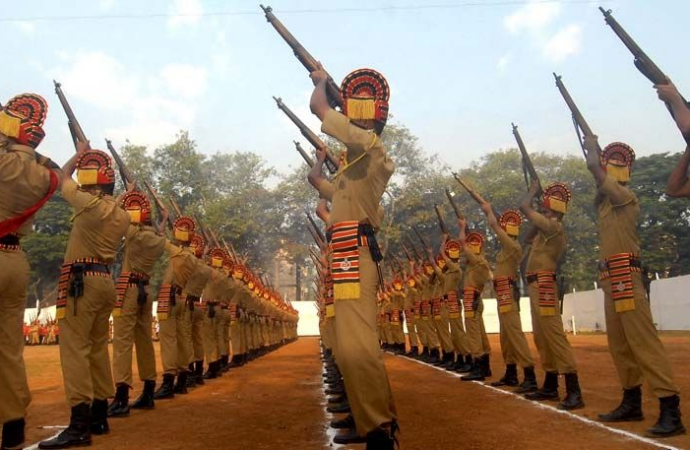
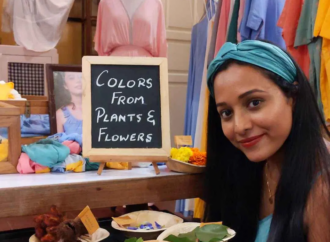

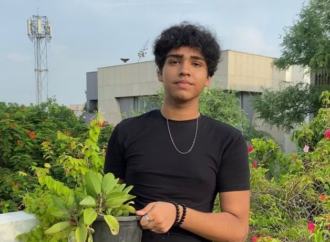


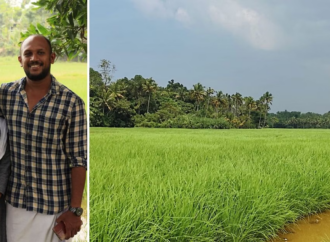
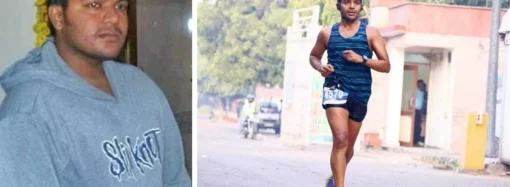















Leave a Comment
Your email address will not be published. Required fields are marked with *